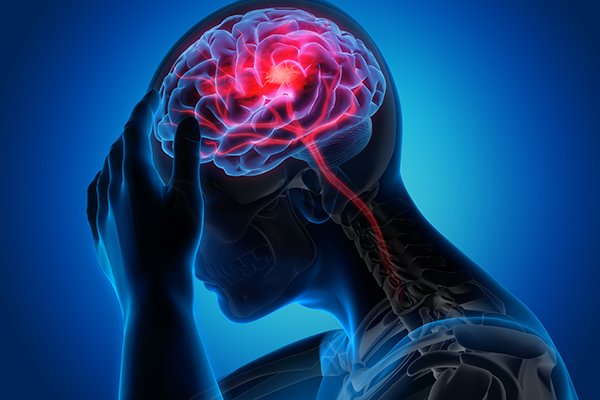Migraine Treatment
A migraine is a strong headache that always comes with nausea, vomiting, and sensitivity to lightweight. It will last hours or days.
Migraines are totally different for everybody. In many people, they happen in stages. These stages might include:
- Prodrome
- Aura
- Attack
- Postdrome

Migraine treatment involves acute (abortive) and preventive (prophylactic) medical care. Patients with frequent attacks sometimes need each. Measures directed toward reducing headache triggers also are usually sensible.
Acute treatment aims to reverse, or a minimum of stop, the progression of a headache that has started. Preventive treatment, that is given even within the absence of a headache, aims to cut back the frequency and severity of the headache attack, create acute attacks a lot of awake to unsuccessful medical care, and maybe additionally improve the patient’s quality of life.
Before diagnosing migraine, serious intracranial pathology should be dominated out. Treating acute megrim is difficult as a result of substantial rates of nonresponse to medications and problems in predicting individual responses to a selected agent or dose. Data comparing different drug categories are comparatively scarce. Abortive therapy should be used as early as possible once the onset of symptoms.
Effective first-line therapies for gentle to moderate migraine are nonprescription no steroidal anti-inflammatory drugs and combination analgesics containing acetaminophen, aspirin, and caffeine. Triptans are first-line therapies for moderate to severe migraine, or gentle to moderate migraine that has not skillful adequate doses of easy analgesics. Triptans ought to be avoided in patients with vascular disease, uncontrolled high blood pressure, or handicapped person migraine. Intravenous antiemetics, with or while not blood vessel dihydroergotamine, are effective therapies in an emergency department setting.
Common headache treatments include:
- Pain relief
- Nausea drugs
- Triptans
- Ergotamine
- Lasmiditan
- CGRP receptor antagonists
- Preventive medicines
- Single-pulse transcranial magnetic stimulation (TMS)
- Neuromodulation devices

